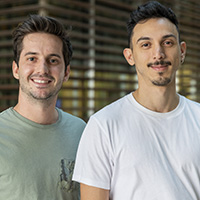Environmental Science and Engineering
Chlorine could increase antimicrobial resistance
Ultraviolet light could thwart antimicrobial resistance by damaging DNA material in wastewater.
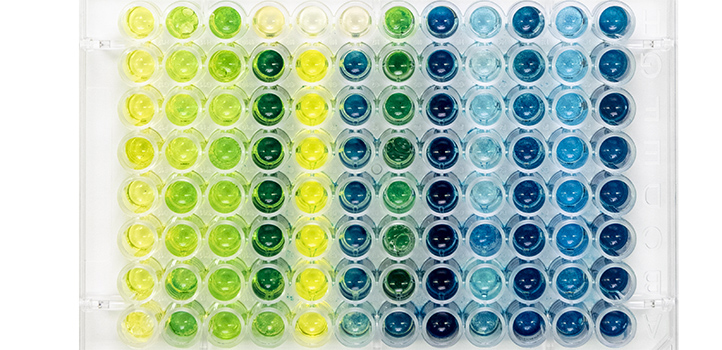
Ultraviolet light could thwart antimicrobial resistance by damaging DNA material in wastewater. © 2019 KAUST
Conventional wastewater disinfection using chlorine could facilitate the spread of antimicrobial resistance in bacteria1. Treating some types of wastewater with ultraviolet (UV) light instead could be part of the solution2, according to a study at KAUST’s Water Desalination and Reuse Center, published in the journal Environmental Science & Technology.
Bacteria are rapidly developing mechanisms to evade the effects of antimicrobial drugs, and this resistance is increasingly threatening public health. Pharmaceutical compounds and resistant bacteria that reach municipal and agricultural wastewater are partially to blame. Interestingly, the antimicrobial resistance of bacteria in wastewater entering water treatment plants is lower than after the wastewater leaves the treatment plant.
This may be because during wastewater disinfection, genetic material breaks out of bacteria into the surrounding water. This extracellular DNA can contain antimicrobial resistance genes. “The big question is are these extracellular resistance genes of concern to public health?” says KAUST postdoctoral fellow, David Mantilla-Calderon. “We don’t have an answer to this question yet, but the first prerequisite these genes must fulfill to be of concern is that they need to be harbored within a viable bacterial cell. This is only possible through a process called natural transformation, which allows extracellular DNA uptake and integration into the bacterial chromosome.”
Mantilla-Calderon and colleagues at KAUST found1 that natural transformation was stimulated in a bacterium commonly found in water and soil, called Acinetobacter baylyi, when it was in the presence of the chlorine byproduct, bromoacetic acid. They found that this disinfection byproduct caused DNA damage in the bacterium, inducing a DNA repair pathway that is known to also increase the integration of foreign DNA into the bacterium’s genome.
Ph.D. student Nicolas Augsburger next investigated2 the effects of sunlight and one component of sunlight, UV light, on natural transformation. “We wanted to see if there was a safer way to disinfect treated wastewater without provoking an increase in natural transformation in environmental bacteria,” he explains.
Interestingly, Augsburger and his colleagues found that, similar to bromoacetic acid, treatment with either the full spectrum of sunlight or only with UV light caused increased natural transformation in Acinetobacter baylyi.

David Mantilla-Calderon (left) and Nicholas Augsburger discuss the results of their UV treatment of the natural transformation they stimulated in a common bacterium when it was in the presence of the chlorine byproduct, bromoacetic acid, casting doubt on commonly used wastewater treatment.
© 2019 KAUST
“What surprised us was the finding that after treatment with UV light, the bacterium’s genes were damaged to the extent that they were no longer functional,” says Augsburger. “Thus, although treatment with UV light increased the integration of foreign DNA into the bacterium, just like disinfection byproducts and sunlight, it will not be able to express those genes.”
“Our studies question our current reliance on the use of chlorine as the final disinfection step in most wastewater treatment plants,” says microbiologist Peiying Hong, who supervised the studies. “A disinfection strategy using UV light could be considered for disinfecting low turbidity water. This could help in minimizing wastewater contribution to antimicrobial resistance.”
Hong’s lab is now investigating how various stressors might interact to affect uptake and integration rates of extracellular DNA into bacteria.
References
- Mantilla-Calderon, D., Plewa, M. J., Michoud, G., Fodelianakis, S., Daffonchio, D. & Hong, P-Y. Water disinfection byproducts increase natural transformation rates of environmental DNA in Acinetobacter baylyi ADP1. Environmental Science & Technology 53,11 6520–6528 (2019).| article
- Augsburger, N., Mantilla-Calderon, D., Daffonchio, D. & Hong, P-Y. Acquisition of extracellular DNA by Acinetobacter baylyi ADP1 in response to solar and UV-C254nm disinfection. Environmental Science & Technology 53, 10312–10319 (2019).| article
You might also like
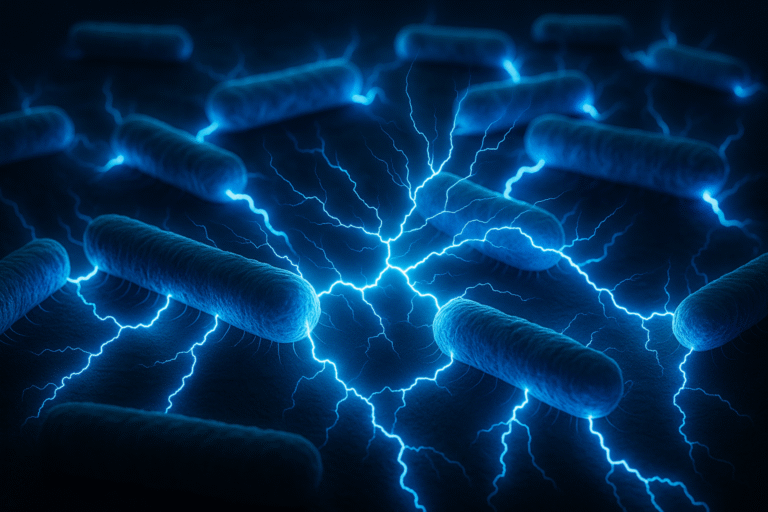
Environmental Science and Engineering
Bacteria reveal hidden powers of electricity transfer
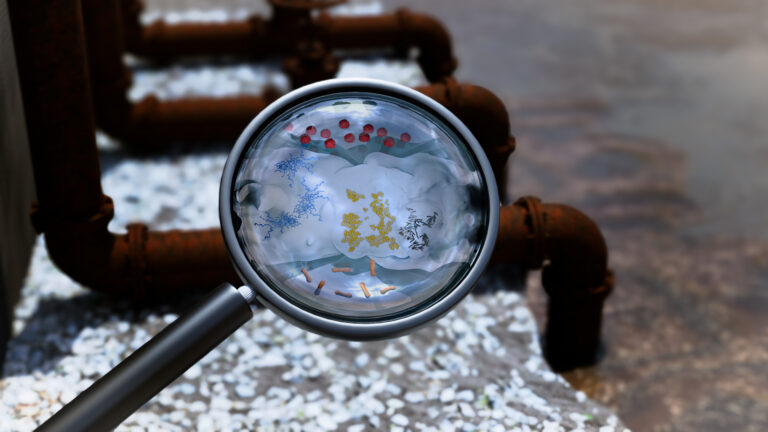
Environmental Science and Engineering
Wastewater surveillance tracks spread of antibiotic resistance

Bioscience
Super fungi survive extreme Mars-like environments

Environmental Science and Engineering
Rethinking food systems to restore degraded lands
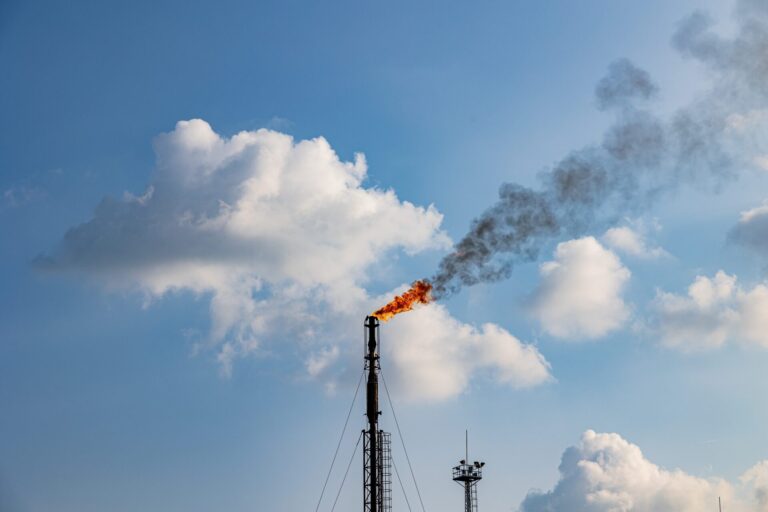
Environmental Science and Engineering
Combat climate change by eliminating easy targets
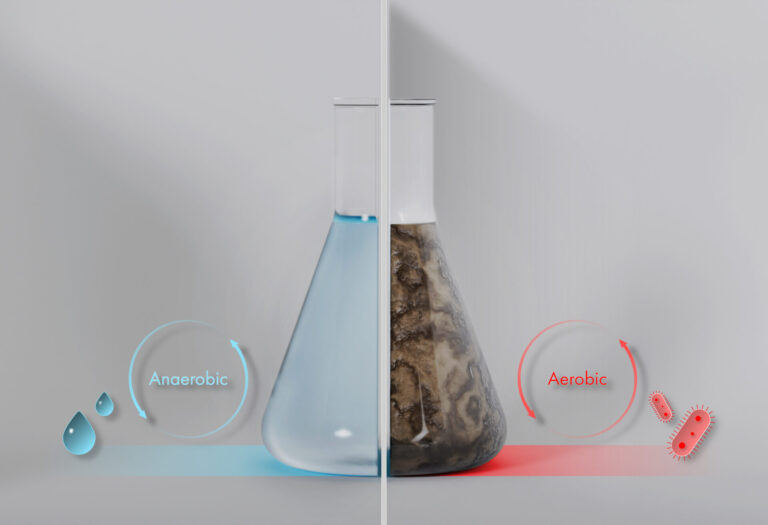
Environmental Science and Engineering
Wastewater treatment to fight the spread of antibiotic resistance

Bioscience
Digging into the world of plant-growth-promoting microbes

Bioscience




